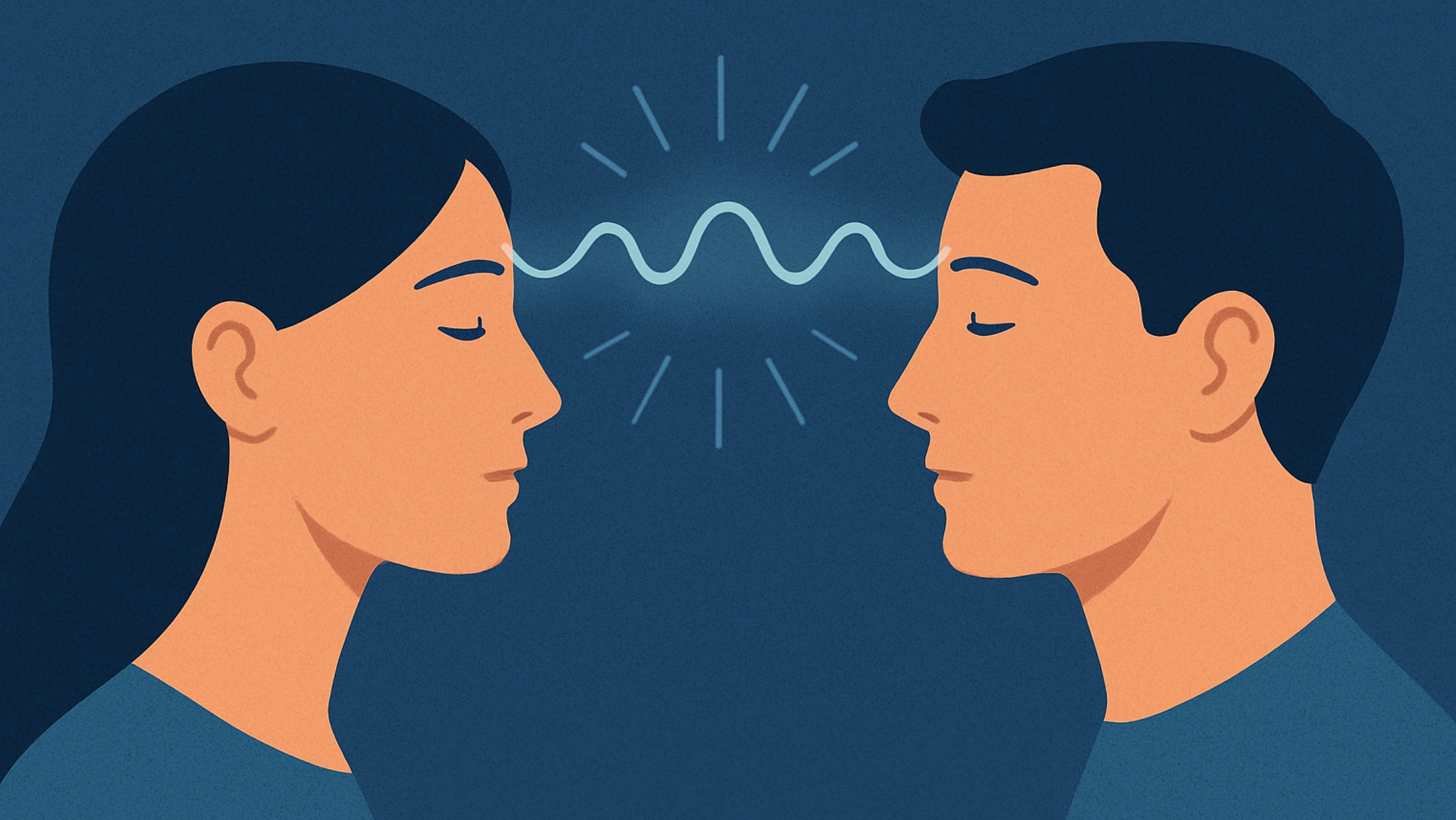
Future Product Days 2025
Psychology in Product Design
Key Takeaways
-
1. Design is telepathy
But how does one telepathize? The first step is to truly know your audience. Telepathy in design isn’t about shouting louder, it’s about tuning into the right frequency - a frequency your audience is already able to receive. Scientific research and theory give us the lens to understand perception, cognition, and behavior, so we can craft signals in our design that resonate.
-
2. Best practice provides access to the brain’s shortcuts
By aligning your design with established best practices and familiar interaction patterns, you tap into users’ existing neural pathways. This alignment reduces the need for new learning and reinforces pathways through repetition, in line with principles of neuroplasticity.
-
3. Metaphors make use of existing mental models
Using metaphors and archetypes (such as familiar real-world analogies in interfaces or archetypes in your communication) helps reduce cognitive load by mapping new concepts onto existing mental models.
-
4. There is a hierarchy of perception
Not all things are perceived equally; there is a hierarchy to perception where noticing pre-attentive attributes (e.g. colour, motion, sound) is done almost instantly, symbol interpretation (e.g. icons, images) takes slightly longer, and reading text is the slowest.
-
5. Humans don't really see - we construct
Every second, our senses take in millions of inputs, but our brain’s operating system selects only a tiny fraction to shape how we experience the world, guided by our knowledge, emotions, and past experiences.
-
6. Each product requires specific knowledge
Grounding design decisions in empirical research and established theories about both the target audience and the domain ensures solutions are evidence-based, scientifically validated, and aligned with users’ real cognitive, emotional, and behavioral realities.